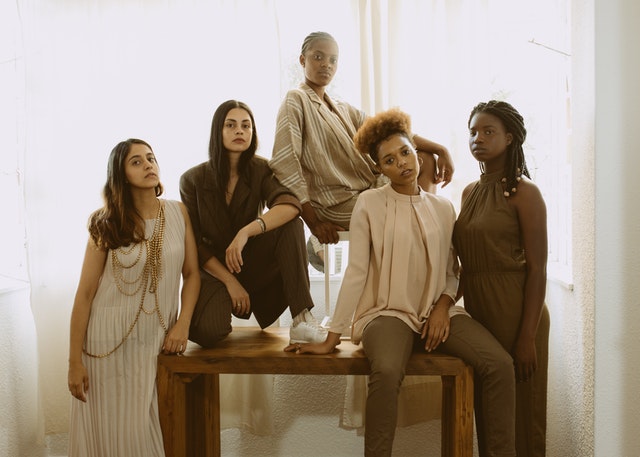Despite the fact that kettlebells and bodyweight workouts might win the gym popularity contest right now, fitness pros agree: Not only are exercise machines totally fine to use, they might be especially helpful if you’re new to working out.
“It’s true that if you’re using free weights, you have to recruit so many stabilizing muscles,” says Shannon Fable, certified trainer and programming director for Anytime Fitness. “But when you’re getting started, using selectorized equipment (the machines with weighted plates) and just learning the movement pattern is OK.”
Another bonus: “If you haven’t got full strength or balance or full range of motion, machines are much safer,” says Stuart Munro, certified personal trainer for the New York Health and Racquet Club.
For those who have been on a gym hiatus or are gaining back strength post-injury, weight machines are an easy way to get back in the game — without the risk of dropping anything heavy on your foot, Munro says.
And, as you’ve likely noticed, weight machines remove the guesswork since they usually have helpful how-to cards right on them.
With that in mind, here are the top machines the trainers we spoke with suggested. Each one will help you build strength and train your body to use the right muscles, so you can be on the leg press one day and do weighted squats with perfect form the next.

What you’re working: Quads, glutes, hamstrings, calves
Why it’s worth it: All the trainers we spoke with agreed that this was their go-to lower-body machine. “If people use this with correct technique, it can help you move toward squats off the machine,” Munro says.

What you’re working: Latissimus dorsi (“broadest muscle of the back”), shoulder girdle
Why it’s worth it: If you’re interested in ever doing a pull-up, this is a great place to start. You’ll build your back muscles and start activating the entire posterior chain.
“Beginners can start with an under grasp (palms facing you), which uses more biceps and tends to be a little easier,” Munro says.
You can also bring your hands closer together or spread them farther apart (so your arms make a V shape) to make the move more challenging.



